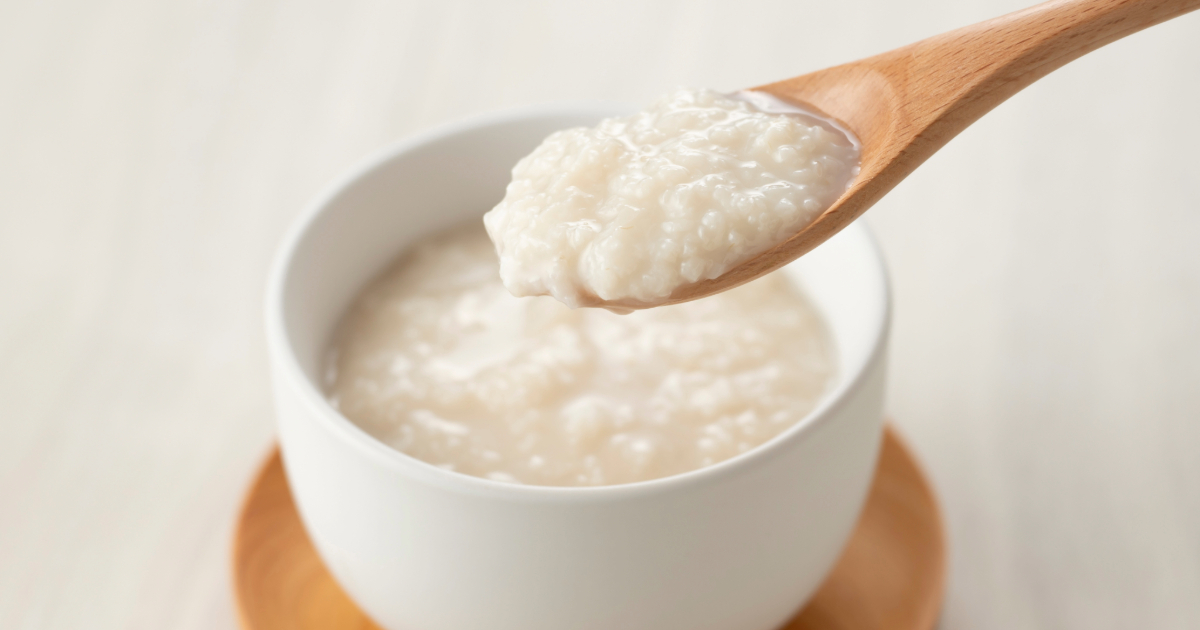Cheese culture, also known as starter culture, is an essential ingredient in cheesemaking.

It consists of specific strains of bacteria that are added to milk to facilitate the transformation of milk into cheese.
The culture helps produce the unique flavors, textures, and aromas that distinguish different types of cheese.
How Was Cheese Made Before Modern Cultures?
Before the use of modern, commercial cheese cultures, cheese was made by allowing raw milk to naturally sour. Milk contains diverse bacteria that convert the natural milk sugar (lactose) into lactic acid. As the milk soured over a few days, it would separate into curds (solids) and whey (liquid).
Over time, cheesemakers realized that using whey from a previous batch helped produce better results in the next batch. This whey contained beneficial bacteria that evolved into what we now call lactic acid bacteria (LAB) cultures.
LAB cultures were further isolated by cheesemaking regions and facilities. This led to the development of specific "mother cultures" unique to each farm.
Key Takeaway: Ancient peoples made primitive cheese by allowing raw milk to sour naturally. The whey could then be drained off, leaving curds that were more preserved.
How Were Cheese Cultures First Discovered?
With the invention of the microscope, scientists could identify and study the microbes responsible for cheesemaking. Different bacteria were found to work at different temperatures and produce varying flavors, textures, etc.
Over the last century and a half, we've gone from little understanding of cheesemaking cultures to a sophistication that allows isolation of:
- Specific bacteria groups (e.g. Lactococcus lactis, Lactococcus cremoris)
- Varied strains within each group
- Different blend ratios
Today, cheesemakers can purchase isolated cultures to precisely control acid development during cheesemaking.
What Are Cheese Cultures and What Do They Do?
Cheese cultures contain live bacteria that convert the lactose in milk into lactic acid. This is called fermentation. The main roles cultures play:
- Acid production - lowers pH, enabling curdling
- Flavor/aroma development - helps create unique cheese characteristics
- Preservation - prevents growth of undesirable microbes
As bacteria ferment lactose, their populations eventually decline. But they leave behind enzymes that further contribute to cheese flavors, textures, etc throughout aging.
Key Takeaway: Cheese cultures contain live bacteria that convert milk sugars into acids that curdle milk. This facilitates cheesemaking and preservation.
The Evolution of Cheesemaking Cultures
Before 1900, heirloom cultures were maintained on farms by reculturing from previous batches. This allowed consistency but provided little control.
Next came bulk lab cultures isolated for commercial dairies. These were frozen and shipped but harder to prepare.
In the 1960s, freeze-dried cultures were developed. These convenient packets store at room temperature and contain nutrients to help regenerate bacteria when activated.
Initially, packets were only available in bulk for big producers. Smaller cheesemakers led to the packaging of cultures into smaller, hobbyist sizes in the 1970s.
What Are the Best Cultures for Beginner Cheesemakers?
For beginners, choosing cultures can be intimidating with so many options. In general, cultures fall into two temperature categories:
- Mesophilic - for low-temp, fresh cheeses
- Thermophilic - for aged, higher-temp cheeses
Our small culture packets are a great starting point for home cheesemaking. They come pre-measured for 1-4 gallons of milk.
Some favorites are Mesophilic, Thermophilic, Chèvre, and Fromage Blanc - each produces specific cheese varieties.
Key Takeaway: Beginner cheesemakers should start with convenient, pre-measured cultures packets designed for small home batches.
What is Mesophilic Culture?
“Mesophilic” means medium temperature. These cultures work best at 62-102°F, with an ideal range of 84-86°F. They are used to make:
- Fresh and low-temp cheeses (chevre, fromage blanc)
- Aged varieties (cheddar, gouda, camembert)
There are two types of mesophilic cultures:
- Primary acid producers - simpler cultures that just create lactic acid. These tighten cheese texture.
- Aromatic cultures - more complex, containing additional bacteria that produce gases and buttery flavors. This creates more open texture.
Here are some examples of mesophilic cultures:
- C101 packets
- MA 11 (bulk powder for larger batches)
- Flora Danica
These all create varying texture and flavor profiles thanks to differing bacteria strains and ratios.
What is Thermophilic Culture?
“Thermophilic” refers to heat-loving. These cultures work at 104-125°F to make firmer, aged cheeses. Although they can also help produce some soft cheeses and yogurts.
The three main thermophilic groups are:
- Streptococcus thermophilus - converts milk sugar rapidly. Used in most blends.
- Lactobacillus bulgaricus- creates characteristic flavors. Used in yogurts and Italian cheese.
- Lactobacillus helveticus - lowers residual sugars for sweeter s. Used in Swiss and Parmesan.
These cultures can be purchased separately and blended to customize recipes.
Some thermophilic culture examples include:
- TA 61 bulk culture
- TM 81 packet culture
- Thermo B yogurt culture
Each thermophilic culture contains differing bacteria and properties ideal for specific cheesemaking goals.
Mixed Cultures
In addition to mesophilic and thermophilic, there are mixed cultures that contain both:
- Specialty blends - Some cultures are specially formulated for specific cheese varieties like Feta, Camembert, or Cheddar. These combine optimal strains and follow ideal time/temp procedures to recreate traditional cheeses.
- Adjunct cultures – Also known as “ripening” or “secondary” cultures. These provide enzymes for aging after initial cheesemaking steps. Adjuncts enhance rind formation and development of texture/flavor complexity over time.
Mixed cultures enable artisanal creativity! Blend them with primary cultures to make your own signature cheeses.
Additional Cheese Culture Info
Here is some added info when exploring cheese cultures:
- Health benefits – Like other fermented foods, cheese offers probiotics. These aid digestion and gut health. Many provide protein, vitamins, and minerals too.
- Storage – Unopened cultures can be frozen for up to 2 years. Thawed shelf life is 2 months refrigerated. Follow each product’s guidelines.
- Choosing cultures – If starting out, follow recipe guidelines for cultures. With experience, blend your own for unique results!
- Origins – Cultures derive from the milk of starter dairy animals. Through fermentation, their good bacteria are propagated into reusable cultures.
FAQs
What is the difference between a mesophilic and thermophilic culture?
Mesophilic cultures work best at moderate temperatures up to about 90°F to produce fresh and young cheeses. Thermophilic cultures thrive in warmer 104-125°F heat to make aged, low-moisture cheeses.
Can I make cheese without a commercial culture?
It is possible to make fresh cheeses using just acid (vinegar/lemon juice) to curdle the milk. Most aged cheeses rely on starter cultures for development though. Some traditionalists use whey or clabbered milk to maintain farmhouse cultures too.
How do I know which culture is in a cheese recipe?
Most published cheese recipes will specify the exact culture, amount, and procedure required. If a generic term like "mesophilic culture" is used, choose a versatile option like Mesophilic C101. Over time you'll learn which cultures work best for different cheese varieties.
Why does culture choice matter - won't any culture make cheese?
While any culture contains live bacteria to acidify milk, different strains produce widely varying flavor compounds, enzymes, and gases that significantly impact the final cheese. Swiss cheese relies on a Propionic culture for its eyes and nutty flavor for example. So use the culture specified for optimum results.
How do I choose new cultures to try?
For unique results, browse culture descriptions to understand their different properties then review cheese varieties they are recommended for. For example, Thermo B contains a blend ideal for Italian cheeses. Experiment by substituting small amounts of new cultures into existing recipes. Keep notes on how specific cultures influence your cheeses.
Do cultures require refrigeration?
Freeze dried cultures have long shelf lives at room temperature thanks to their dormant state. Some can last 12-24 months this way. For extended viability over 2 years, freeze unopened culture. Once reconstituted into liquid, cultures require ongoing refrigeration and transfer to stay active over weeks or months.
What milk produces the best cheese cultures?
High quality milk leads to healthier bacteria activity. Raw or pasteurized whole milk from cows, goats, or sheep all offer rich nutrients for cultures. Just avoid ultra-pasteurized and heavily processed milk which denatures proteins. Local small-production milk in its freshest form gives cultures the best start.
Conclusion
Cheese cultures consist of live bacteria that transform lactose into lactic acid to enable curdling and ripening. This facilitates cheesemaking.
Many types of cultures exist, differentiated by temperature range, bacteria strains, etc. Mesophilic and thermophilic are most common.
Cultures evolve flavors, textures, and aromas. Their enzymes further develop cheese during aging.
For beginners, pre-measured culture packets simplify getting started. Then experiment with specialty blends for unique results!

